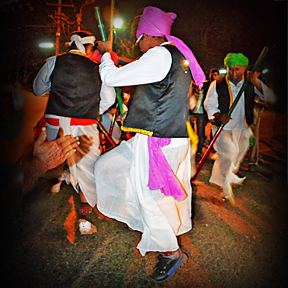
(Click to listen to audio version of the story)
We were a small group of archaeologists, historians, folklorists, anthropologists and some students like me who had been invited by the villagers of Chandor to watch this special performance of musal dance. Musal is a pounding stick and the dance is performed during harvest time by the people of Chandor, the ancient capital of Goa.
Nestled between the Western Ghats and the Arabian Sea, the tiny state of Goa has a unique history. Ruled for 1500 years directly or through local feudatories by different dynasties like the Bhojas, Mauryas, Chalukyas, Rashtrakutas, Shilaharas, Kadambas, Yadavas, Bahamanis, the Vijayanagara and Adilshahi dynasties before Portuguese colonized it in 1510 AD, the state and its people have developed a culture that has influences from all over the world. All rulers have left behind their social and cultural footprint. The musal dance is one such confluence of memories where the people of Chandor, dance in honour of their dear king, recounting the myth and history of Chandrapur.
As the night grew darker, an elderly village head or Gaonkar as he is known locally, stepped out of an old Portuguese hacienda and addressed the gathering. He told us this: It is believed, the tradition of musal dance started somewhere in the 11th century. The village, Chandrapur was the capital of Goa in the 7th or 8th century- and Chandreshwar Bhutnath was its patron deity. Only the original inhabitants of the village can participate in the dance. As the time passed the number of eligible dancers have dwindled and this year there were just ten men. “Very soon we may not have any performances left”- he declared with a heavy voice.
During the Muslim invasion, the Chandranath temple was destroyed. Except for some stray ruinous remnants the invaders left nothing behind. The temple was completely destroyed by the Portuguese who established a chapel at the spot the temple once stood, thereby erasing all visible signs of Hindu culture from that region. The Portuguese rechristened Chandrapur to Chandor and converted most of the local inhabitants to Christianity. Few of the local Hindus fled the village. The Portuguese banned all the Hindu traditions including musal dance. Anyone found performing this dance or following any Hindu ritual was tortured to death. Still the tradition has survived.
When the Portuguese invaded Chandrapur it had a Kadamba King as its ruler. The people of Chandrapur did not defend him in the battle with the Portuguese and the king was killed. The queen was furious at her apathetic subjects. She committed suicide but not before cursing the villagers. “Henceforth every woman of this village will become a widow!” she pronounced as she beat her feet on the stone outside the temple. That stone with her foot print is still maintained. The queen’s curse made neighboring villages stop giving their daughters to the men of Chandrapur and its people fell on hard times.
As the village elder finished narrating the lore- a small group of ten men dressed in traditional dress- a dhoti, kurta and a patka
(head dress) formed a circle holding a musal in their hands and singing the song in local language ( Konkani):
“Hari haracho khel khelayta,
Khel durgabhayr shivo dita”
The opening lines recounted the glorious times of King Harihar of Vijaynagar and his magnificent fort and went on to narrate how the fort was eventually captured. Finally it spoke about the total destruction of the town of Chandrapur and its people. For centuries the people of Chandor have refused to forget this tragic history. Every year during the harvest season, they recount this tragic past and dance for the king they had failed to defend.
Story collected by : Janaki Sincro
Location : Goa
Image courtesy and copyright: Sharvani







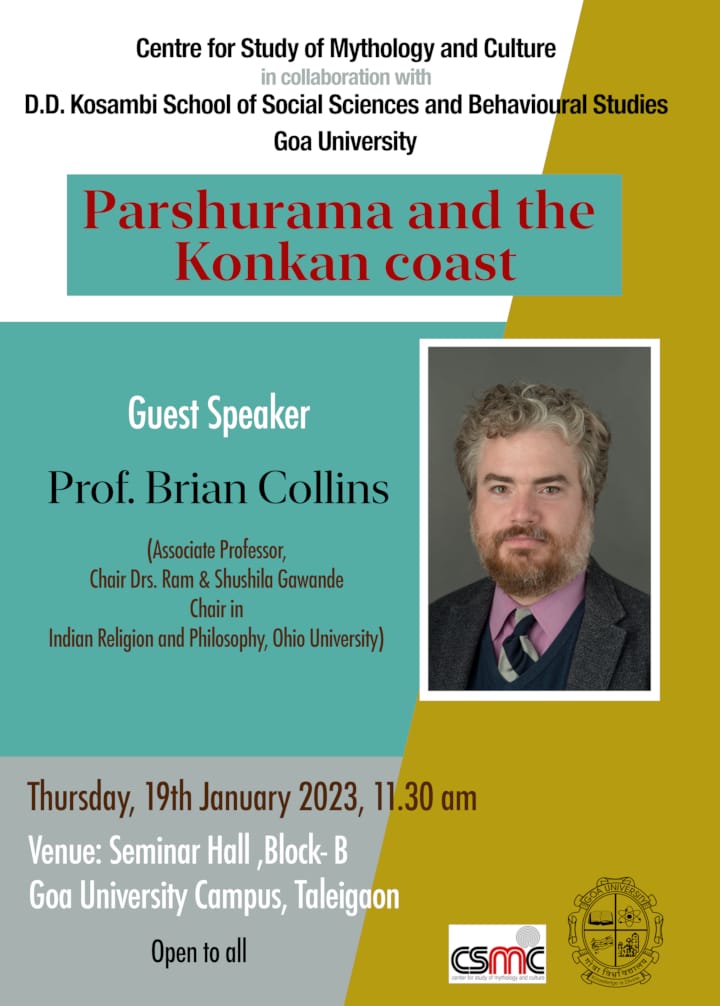
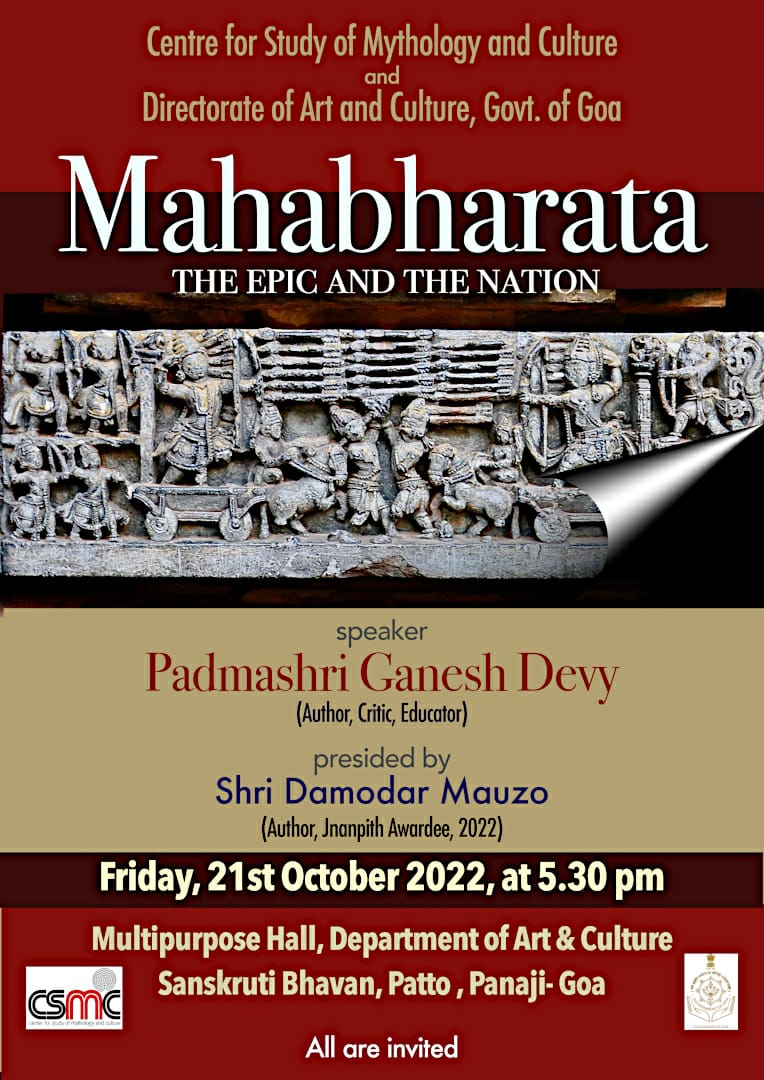
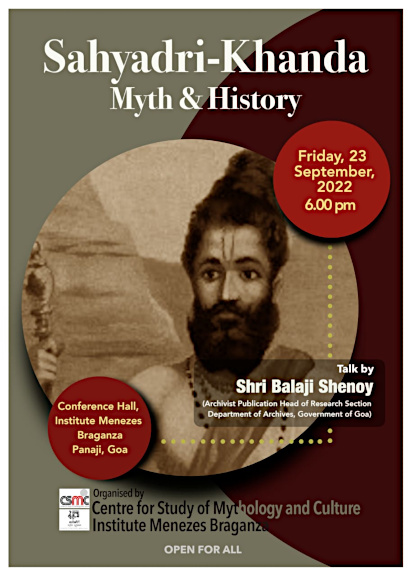
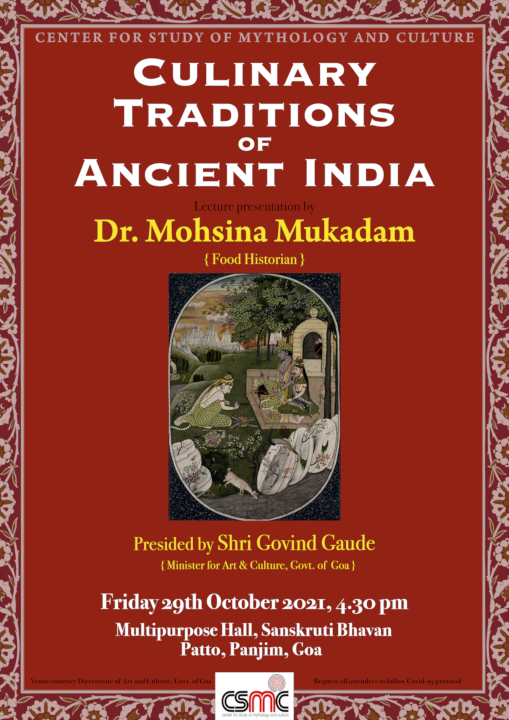

Leave a Comment